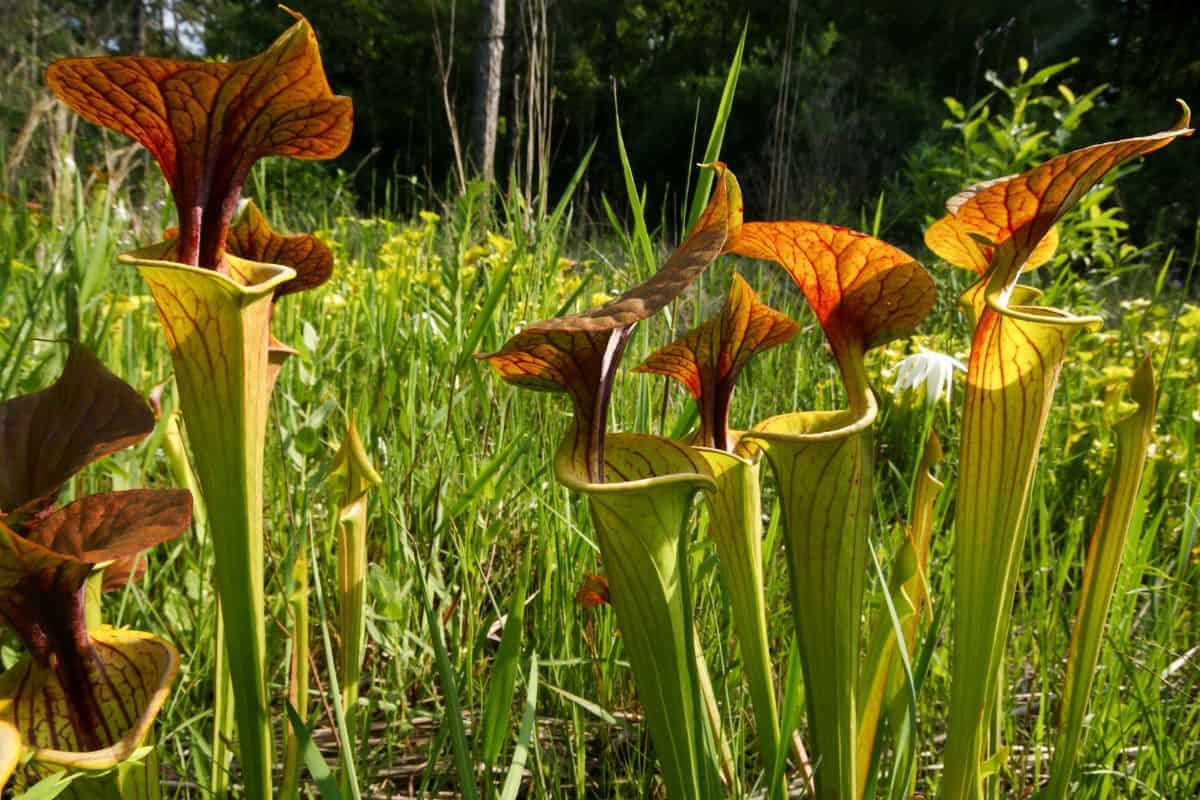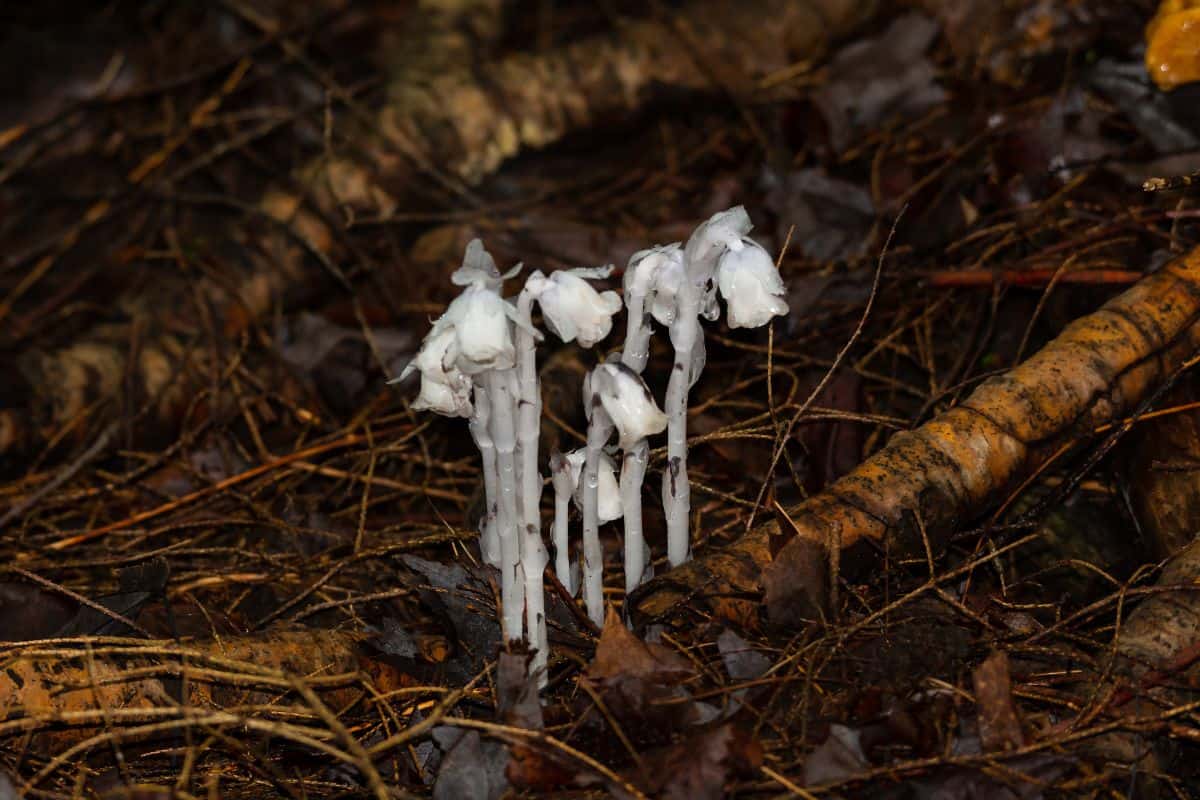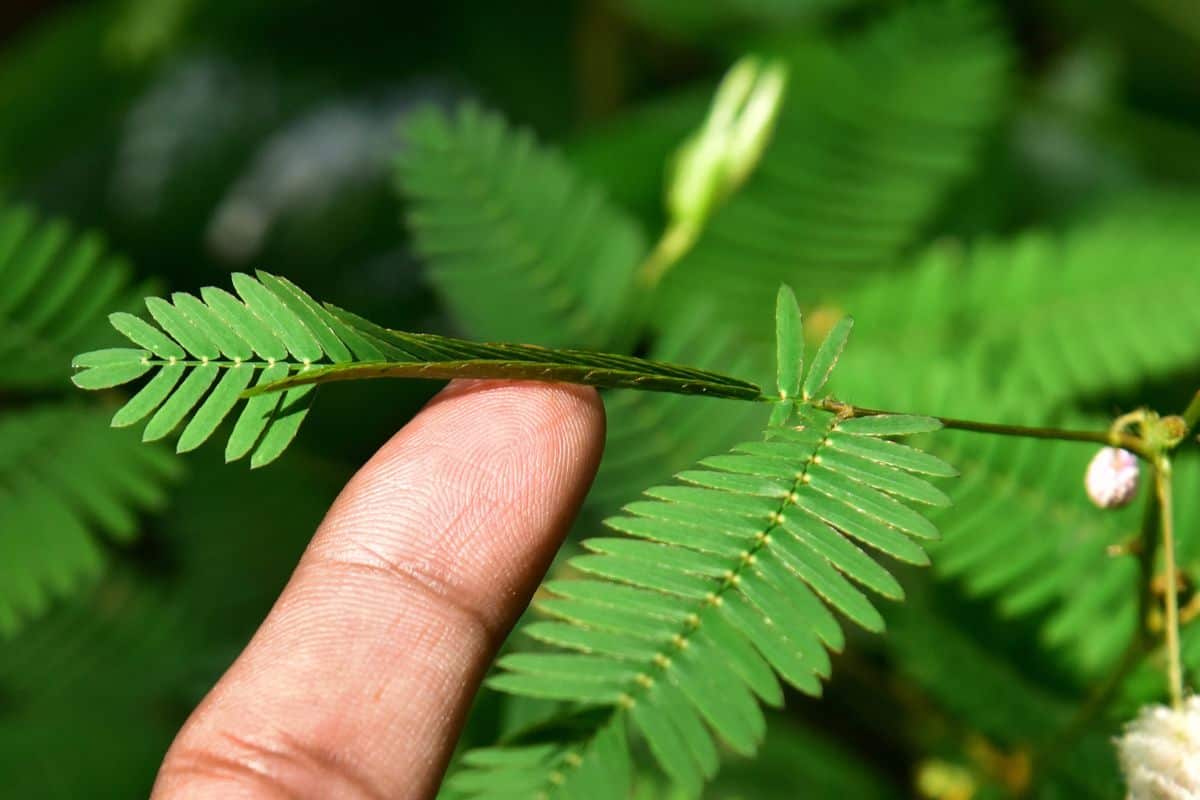From weird-looking plants to those growing in impossible locations, we've gathered some of the most exciting and unique flora you may want to add to your landscape. Have you heard of any of these?!
1. Giant Red Tube (Sarracenia flava)

Starting our list today, we have the giant red tube. This stemless, carnivorous plant can grow up to three feet tall and wide. These plants grow naturally in bogs and other water-logged locations.
So, what makes this plant unique? Instead of getting its nutrients from the ground, this plant will trap bugs in its leaves and absorb what it needs from digesting bugs.
This is a tough plant to grow. If you can't perfectly replicate its natural climate, you likely won't have success growing it.
That's one hungry plant! Watch a giant red tube as it captures a bug.
https://youtube.com/shorts/8EI17Jz3OAU?feature=share
2. Orbea caudata
The Orbea caudata is a flowering, low-growing succulent. These plants have dark green stems that are spattered with dark brown spots. The stems can be up to four inches long and have spine-like teeth.
While this plant appears relatively normal for much of the year, this plant proves how unusual it is once it blooms. In the late summer or early fall, Orbea caudata produces a star-shaped flower.
The fleshy flowers are approximately 4 inches across. The petals end at a dramatic point. Depending on the variety, you can have yellow or green flowers. They can also be covered in short purple hairs and be spotted with purple or yellow.
Were you hoping that these flowers smelled exquisite to make up for how creepy they looked? Well, then, I'm sorry to disappoint you. These flowers attract flies. So, they smell like rotten flesh. Yuck.
https://youtube.com/shorts/eWEjXuQZtpo?feature=share
3. Devil's Tongue (Amorphophallus konjac)

The devil's tongue, or voodoo lily, is a rapid growing, cormous plant. Its corms are brown and edible. However, you should be careful to cook it first. These pieces have calcium oxalate, which is toxic to humans and pets.
Not only is the corm edible, but it also provides a plethora of medicinal uses. You can use the corm to aid in weight loss, as a laxative, lower cholesterol levels, and it helps with IBS.
The roots are also medicinal. They are used to help with childbirth, increase saliva flow rate, and treat cancer.
However, what makes this plant really unusual is the smell of the flowers. Once they are ready for pollination, you'll smell an odor of decay and rotten flesh. This unfortunate smell is good for attracting carrion flies and midges.
All about weird smells? You don't want to miss "The Stench of Beauty: Inside The World's Stinkiest Flower."
Look at it go! Watch a video of the devil's tongue inflorescence throughout the day.
https://www.youtube.com/shorts/uClgw9wDUbw
4. Ghost Plant (Monotropa)

The ghost plant is a herbaceous perennial that produces white, bell-shaped flowers. These flowers will have between four to five petals and are typically found in clusters.
These plants are very unusual because they have no chlorophyll. They require no light to grow and will get the nutrients it needs from nearby trees.
Overall, this plant is also uniquely colored. The leaves begin as a white or pinkish-white color. Then, as they age, they begin to turn black.
What a strange color! Look at this rare variety of ghost plants.
https://www.youtube.com/shorts/ip7umN8tTVY
5. Green Stone Plant (Dinteranthus vanzylii)

If you're looking for an interesting succulent, then the living stone is something you have to see. These are very slow-growing plants that prefer sandy and shallow rocky soil textures.
While it looks like a rock, this succulent is comprised of two rubbery leaves. These leaves can be white, grey, or silver and can have various spots and stripes. The two leaves nearly meet in the middle. However, there is a fissure between them.
The space in between the leaves is where a yellow or white flower will bloom. The flower will typically be up to three inches large and is radial-shaped. After the flower dies back, the leaves will too. Don't be alarmed, though. The leaves will regrow in the spring.
Rock or plant? Get a 360 look at this strange-looking plant.
https://www.youtube.com/shorts/K5j4B5sM4dI
6. Action Plant (Mimosa pudica)

Action plants are perennial herbs that can be grown as a ground cover or an indoor annual.
The action plant is very unusual because it's one of the few plants that we can see move. We can observe these plants moving in a few conditions. The first is a slow movement that is controlled by the action plant's internal clock. For example, these plants may open and close leaves depending on the positioning of the sun.
However, these plants also have rapid movement. The action plant will quickly close the leaves if you touch or otherwise disturb them.
Please, no touching. Watch as this plant quickly hides from touch.
https://www.youtube.com/shorts/PQmCAjC1-Gk
These unusual plants are great conversation starters and can be perfect for your new unique garden. Whether you want a few strange plants or a whole field, one of these plants listed here today will surely fit your needs.
